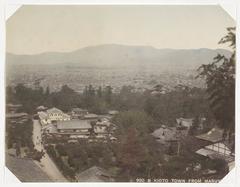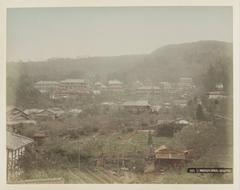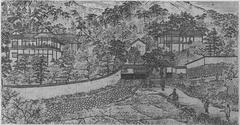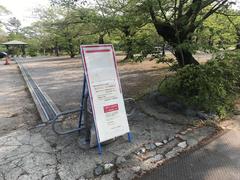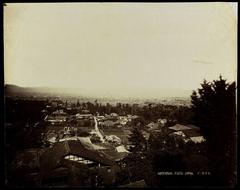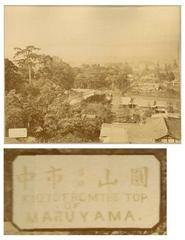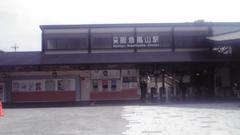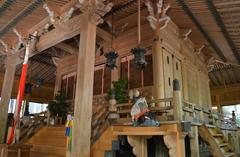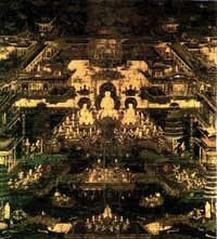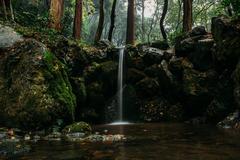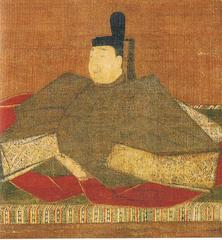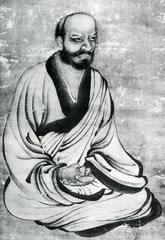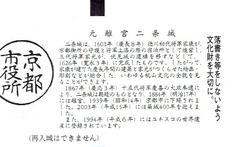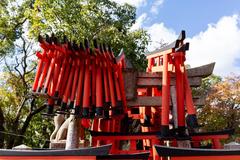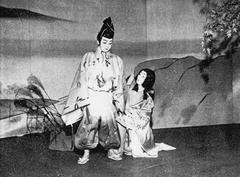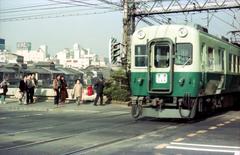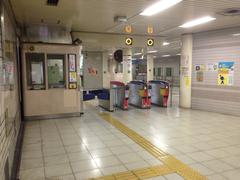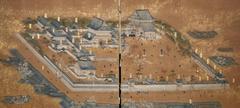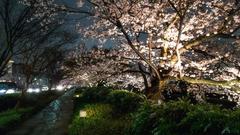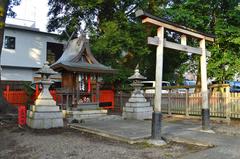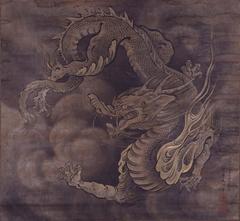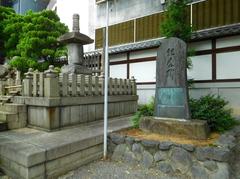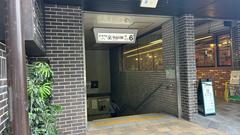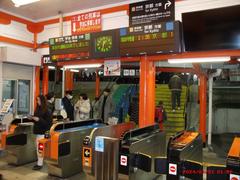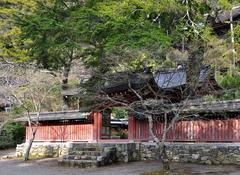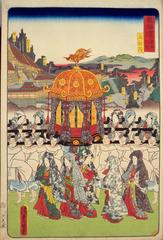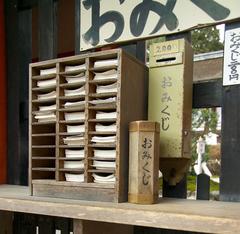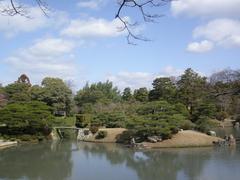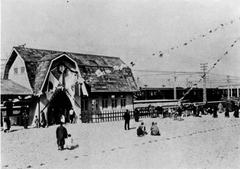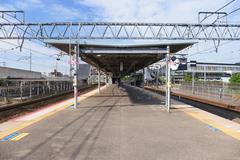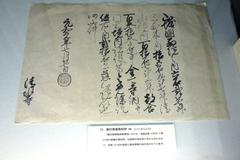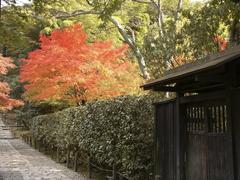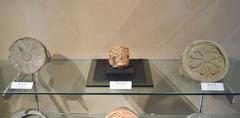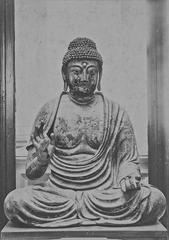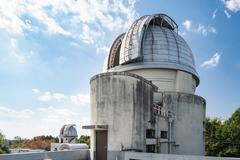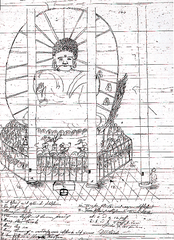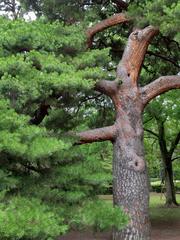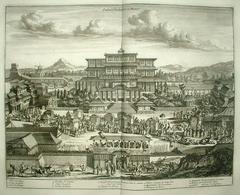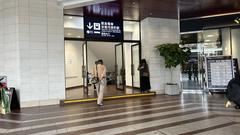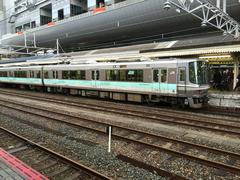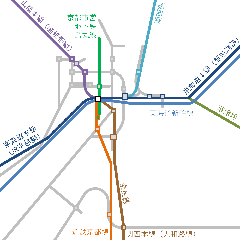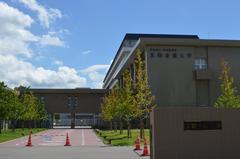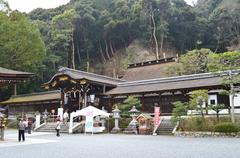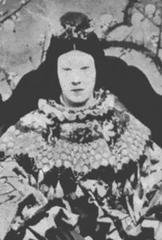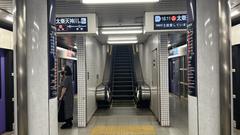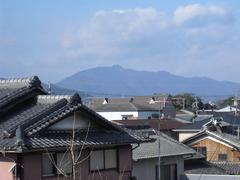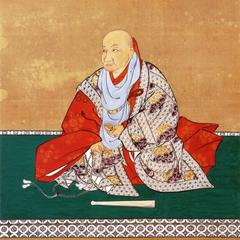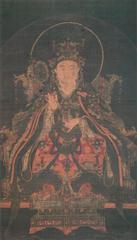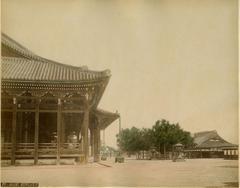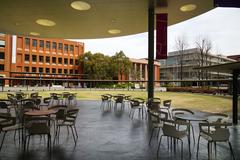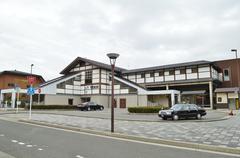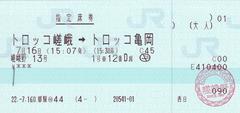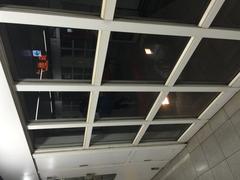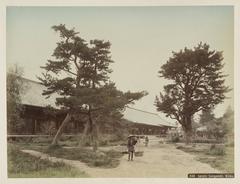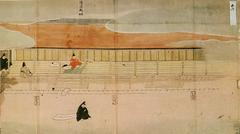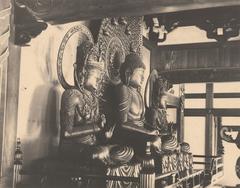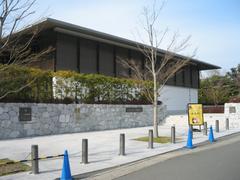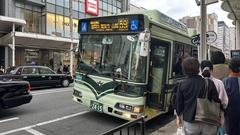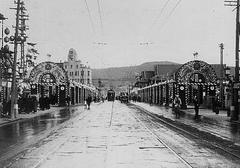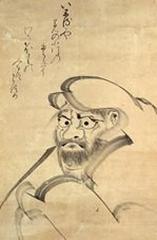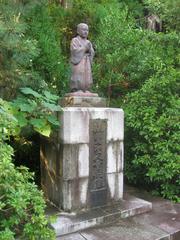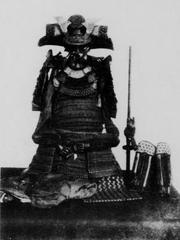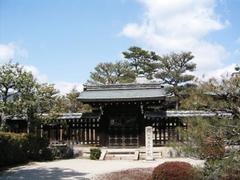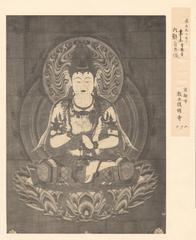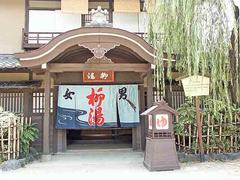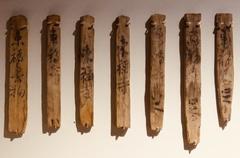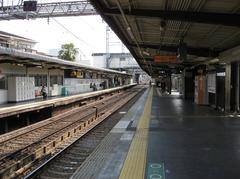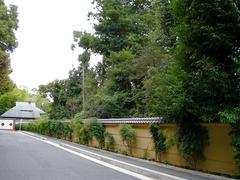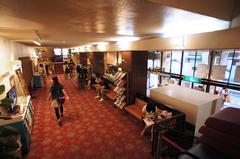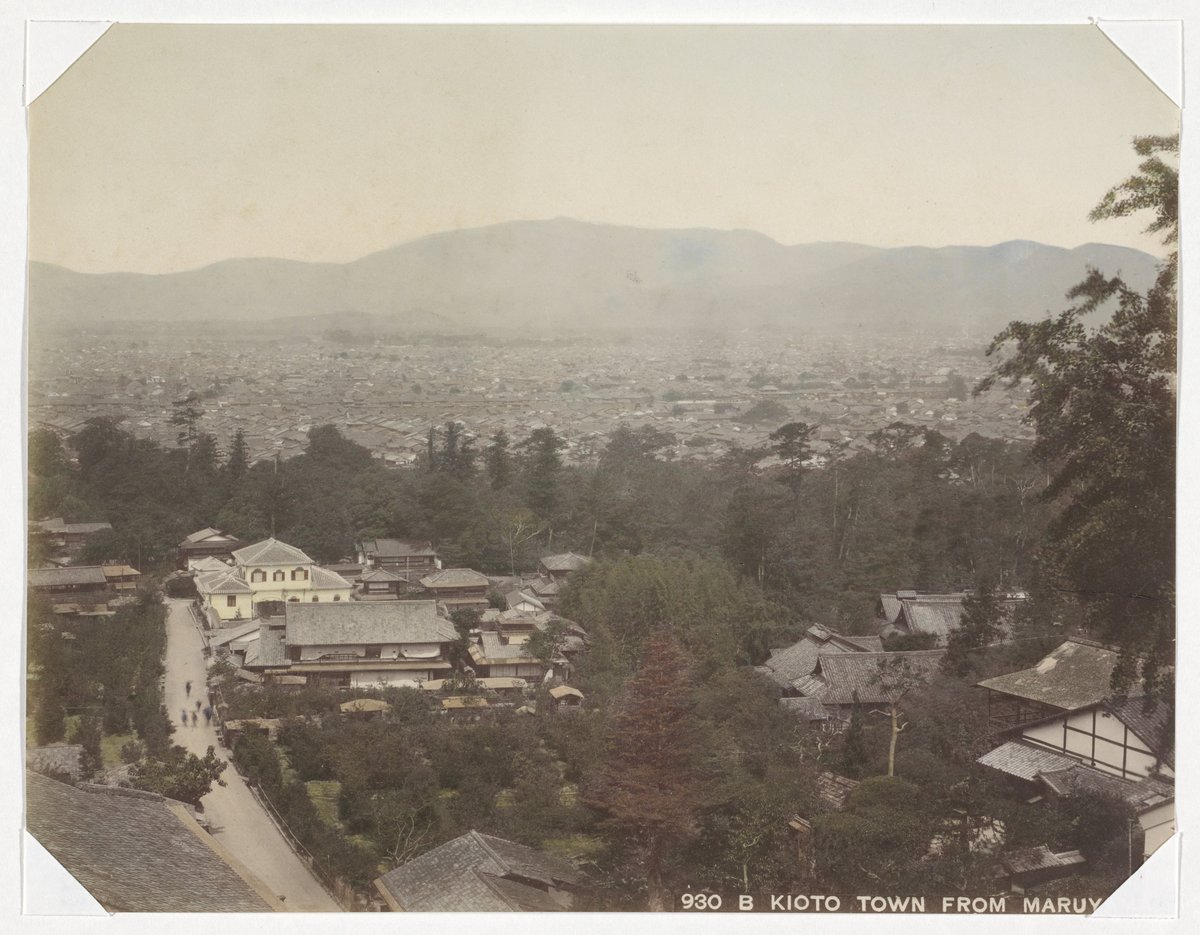
Maruyama Park Kyoto: Visiting Hours, Tickets, and Attractions Guide
Date: 15/06/2025
Introduction
Maruyama Park, nestled in Kyoto’s historic Higashiyama district, stands as the city’s oldest public park and a living testament to Japan’s deep-rooted appreciation for nature, culture, and seasonal celebrations. Since its official establishment in 1886, Maruyama Park has evolved from a lively Edo-period entertainment area into a celebrated hanami (cherry blossom viewing) hotspot, renowned for the iconic Gion Weeping Cherry Tree. The park seamlessly integrates natural beauty with Kyoto’s historical legacy, being adjacent to landmarks like Yasaka Shrine and Chion-in Temple.
This comprehensive guide provides up-to-date information on Maruyama Park’s visiting hours, ticketing, accessibility, seasonal highlights, and nearby attractions. Whether you’re a first-time visitor or a seasoned Kyoto explorer, discover essential tips, cultural insights, and travel advice for making the most of your visit to this beloved park (Kyoto Travel Info, Leaf Kyoto, Ueyakato Landscape).
Historical and Cultural Overview
Origins and Development
Maruyama Park (円山公園, Maruyama Kōen) is Kyoto’s oldest public park, officially opened in 1886 (Ueyakato Landscape). The area’s history predates its park status, having served as an entertainment district filled with teahouses, ryotei (traditional restaurants), and several temples during the Edo period (Kyoto Travel Info). The park’s name derives from “Jienzan,” the sango (mountain name) of the former Anyo-ji Temple.
A pivotal moment in the park’s legacy was the secret 1702 Maruyama Conference by the Ako-roshi, immortalized in the tale of the 47 Ronin. After the Meiji Restoration and the Agechi-rei (Land Seizure Edict) of 1871, the government appropriated much of the area, converting it into a public green space (Ueyakato Landscape). Major improvements in the early 20th century—spearheaded by architect Takeda Goichi and landscape architect Ogawa Jihei VII—introduced a Japanese-style garden, ponds, and a music hall, creating the park’s present-day landscape (Ueyakato Landscape). In 1931, Maruyama Park was designated a National Place of Scenic Beauty, reinforcing its cultural significance (Ueyakato Landscape).
Signature Attractions
The Gion Weeping Cherry Tree
At the heart of Maruyama Park is the revered Gion Weeping Cherry Tree (祇園しだれ桜, Gion Shidare-zakura), a symbol of Kyoto’s sakura season (Kyoto Maruyama Park Official). The original tree, planted in the early 20th century, lived over two centuries. The current tree, planted in 1949 from the original’s seeds, stands over 12 meters tall and is famed for its spectacular spring blooms and nightly yozakura (cherry blossom illumination) displays (Kyoto Maruyama Park Official, JW Web Magazine).
Nighttime Illuminations: During sakura season, the tree is illuminated from 18:00 to 22:00, drawing locals and tourists alike for magical hanami evenings (Japan Guide; Seasonal Japanese Garden).
Cherry Blossom Groves and Hanami
Maruyama Park boasts between 680 and 800 cherry trees, including Somei Yoshino and Yamazakura varieties (JW Web Magazine; Happy Jappy). Hanami parties—where families, friends, and colleagues gather for picnics under the blossoms—are a seasonal highlight. Food stalls (yatai) and pop-up teahouses add to the festive atmosphere (Agoda Travel Guide).
Maruyama Pond and Scenic Walkways
The park features a picturesque pond (Maruyama Ike), arched bridges, and winding paths designed by Ogawa Jihei VII (Happy Jappy). The landscape is enhanced by koi, waterfowl, and seasonally changing flora.
Yasaka Shrine and Nearby Heritage Sites
Maruyama Park borders Yasaka Shrine, renowned for the Gion Matsuri and spiritual significance (Japan Travel). To the west lies Chion-in Temple, headquarters of the Jodo Buddhist sect, and within walking distance are Kōdai-ji and Shoren-in Temples (Teach Translate Travel Repeat).
Chourakukan and Western-Style Elegance
Chourakukan, a Western-style mansion within the park, now serves as a café and boutique hotel, offering a blend of Meiji-era elegance and Japanese hospitality (Walk Around Blog).
Seasonal Events and Highlights
Spring: Cherry Blossom Season
- Peak Viewing: Late March–early April. In 2025, peak is forecast from March 25 to April 9 (Leaf Kyoto).
- Nighttime Illumination: “Gion no Yozakura” illuminates the weeping cherry tree nightly, creating a mesmerizing spectacle (Leaf Kyoto).
- Hanami Culture: Festive picnics, food stalls, and kimono rentals are central to the hanami experience (Live Japan).
Summer: Greenery and Tranquility
The park is lush and peaceful, ideal for quiet walks and birdwatching (Inside Kyoto).
Autumn: Foliage Season
From mid-November to early December, maples and ginkgo trees create striking autumnal colors, reflected in the pond and along the walkways (Trundle Japan).
Winter: New Year’s Festivities
Maruyama Park is a hub for Ōmisoka (New Year’s Eve) celebrations and hatsumode (first shrine visit of the year) at Yasaka Shrine (Trundle Japan).
Festivals and Nighttime Illuminations
The Higashiyama Hanatoro Festival in March transforms the park and Gion district with thousands of lanterns (Idbackpacker), while autumn brings koyo (autumn leaf) illuminations (Teach Translate Travel Repeat).
Practical Visitor Information
Location and Access
- Address: 473 Maruyamacho, Higashiyama-ku, Kyoto, Kyoto Prefecture 605-0071 (Trip.com)
- Transport:
- Keihan Line: Gion-Shijo Station, ~10-minute walk
- Hankyu Line: Kawaramachi Station, ~14-minute walk
- Kyoto Subway Tozai Line: Higashiyama Station, ~15-minute walk
- Bus: Kyoto Station city bus #206 or #100 to Gion stop (Agoda)
Hours and Admission
- Opening Hours: 24 hours, year-round (Seasonal Japanese Garden)
- Admission: Free; no tickets required (Agoda)
- Illuminations: Cherry blossom lights run sunset–22:00 during sakura season
Accessibility and Facilities
- Wheelchair accessible: Paved, mostly flat paths and accessible restrooms
- Facilities: Restrooms, benches, picnic areas, food stalls in peak seasons, pet-friendly (leashes required), playgrounds (Agoda)
Guided Tours
Local guides and operators offer walking tours that include Maruyama Park and nearby historical sites. Advance booking is recommended, especially during sakura season.
Dining and Shopping
Enjoy seasonal yatai, traditional tea houses, and restaurants (including Michelin-starred options), as well as artisan shops in the Gion district (Agoda).
Accommodation
Numerous hotels and ryokan are available in Gion and Higashiyama; book early during peak seasons (Trip.com).
Travel Tips and Visitor Etiquette
- Best Times: Cherry blossoms (late March–early April); autumn foliage (mid-November–early December) (Walk Around Blog)
- Avoiding Crowds: Arrive early or visit on weekdays during peak seasons (Seasonal Japanese Garden)
- What to Bring: Comfortable shoes, picnic mat, camera, and weather-appropriate clothing (Teach Translate Travel Repeat)
- Etiquette: Maintain cleanliness, respect quiet zones, keep pets leashed, and avoid reserving spots with tarps in advance during hanami
Frequently Asked Questions (FAQ)
Q: What are Maruyama Park’s opening hours?
A: 24 hours daily, year-round.
Q: Is there an entrance fee?
A: Admission is free; no tickets required.
Q: When is the best time to visit for cherry blossoms?
A: Peak bloom is typically late March to early April; check local sakura forecasts.
Q: Is the park wheelchair accessible?
A: Yes, most paths are paved and accessible.
Q: Are pets allowed?
A: Yes, but dogs must be leashed and owners must clean up after them.
Q: Are guided tours available?
A: Yes, local operators offer various guided experiences.
Visuals and Media
Summary Table: Seasonal Highlights
| Season | Attraction | Typical Dates | Features |
|---|---|---|---|
| Spring | Cherry Blossoms (Sakura) | Late Mar–Early Apr | Hanami, Illumination, Food Stalls |
| Summer | Lush Greenery | June–August | Quiet Picnics, Birdwatching |
| Autumn | Maple & Ginkgo Foliage | Mid Nov–Early Dec | Photography, Tranquil Walks |
| Winter | New Year’s Festivities | Dec 31–Jan 1 | Ōmisoka, Hatsumode at Yasaka Shrine |
Related Articles
Conclusion
Maruyama Park is a quintessential Kyoto destination, celebrated for its harmonious blend of natural splendor, historical depth, and vibrant cultural traditions. From the iconic Gion Weeping Cherry Tree to its tranquil pond and proximity to major heritage sites, the park offers something for every visitor, year-round. Plan your visit during peak seasons, respect local etiquette, and make the most of guided tours and nearby attractions for an enriching experience.
Stay updated on seasonal events—download the Audiala app, explore more Kyoto travel guides, and follow us on social media for the latest tips and special offers. Your journey to the heart of Kyoto’s beauty and tradition begins at Maruyama Park.
Official Sources and Further Reading
- Ueyakato Landscape
- Kyoto Travel Info
- Kyoto Maruyama Park Official
- Matcha Japan
- JW Web Magazine
- Leaf Kyoto
- Live Japan
- Trip.com
- Agoda
- Seasonal Japanese Garden
